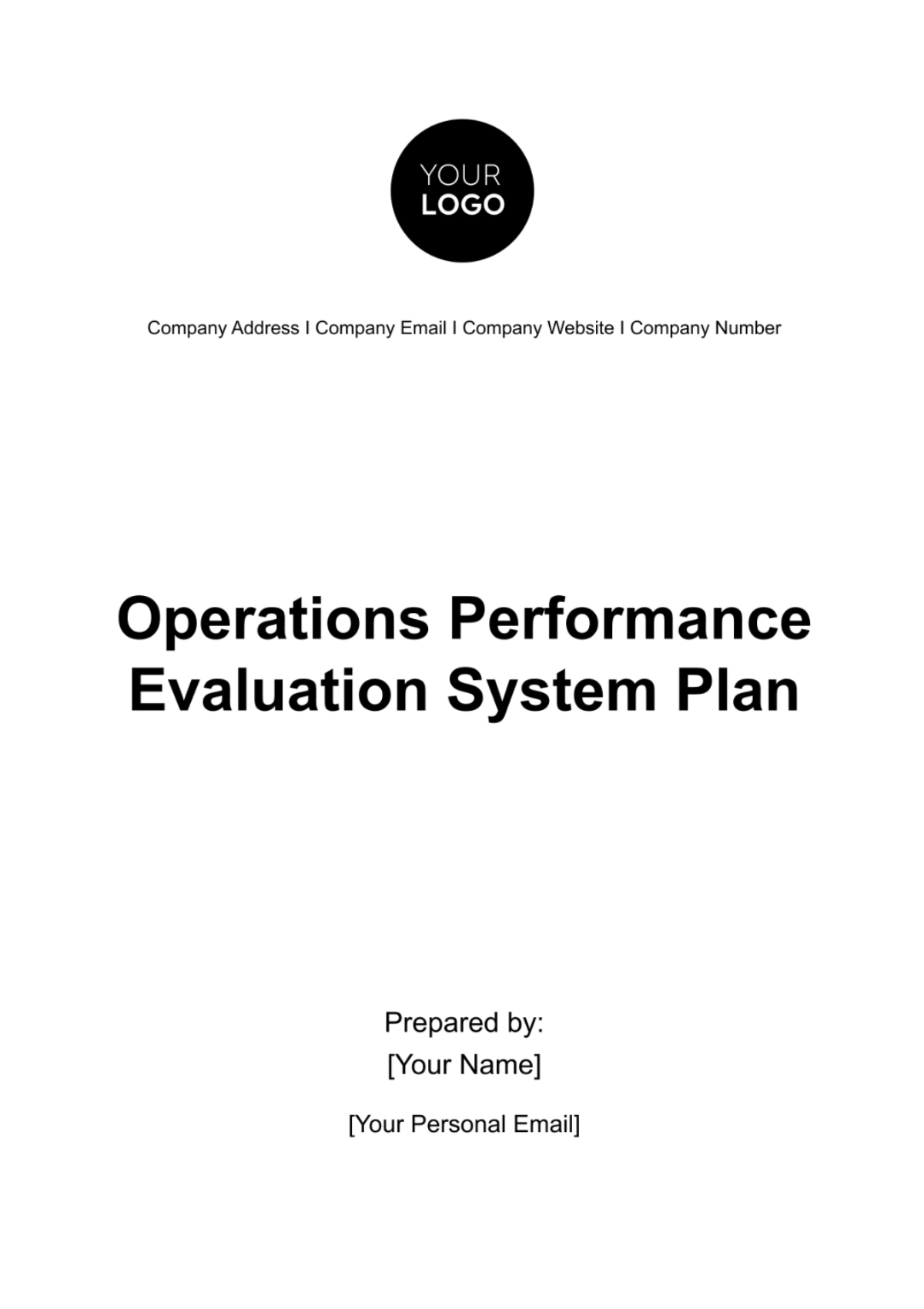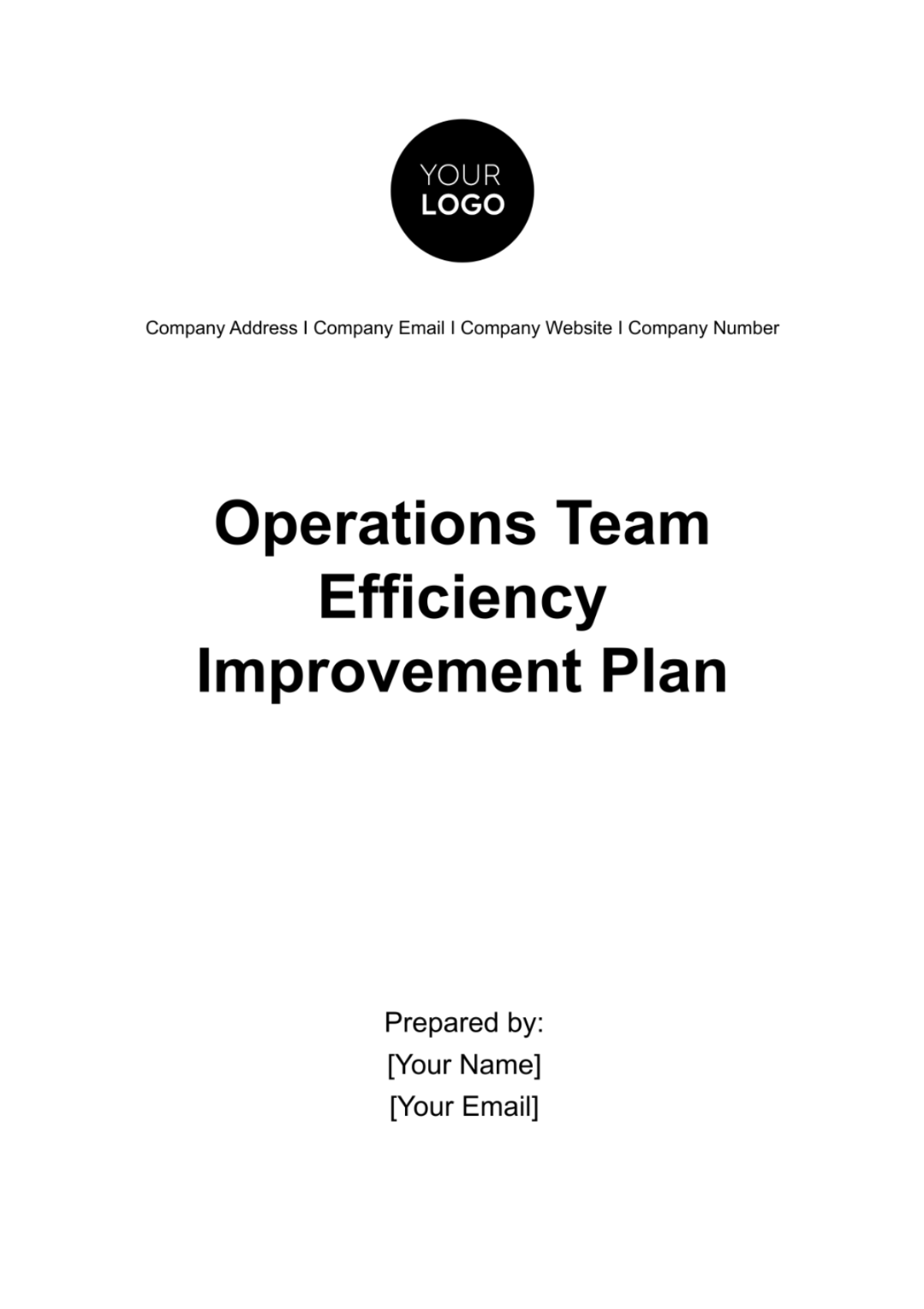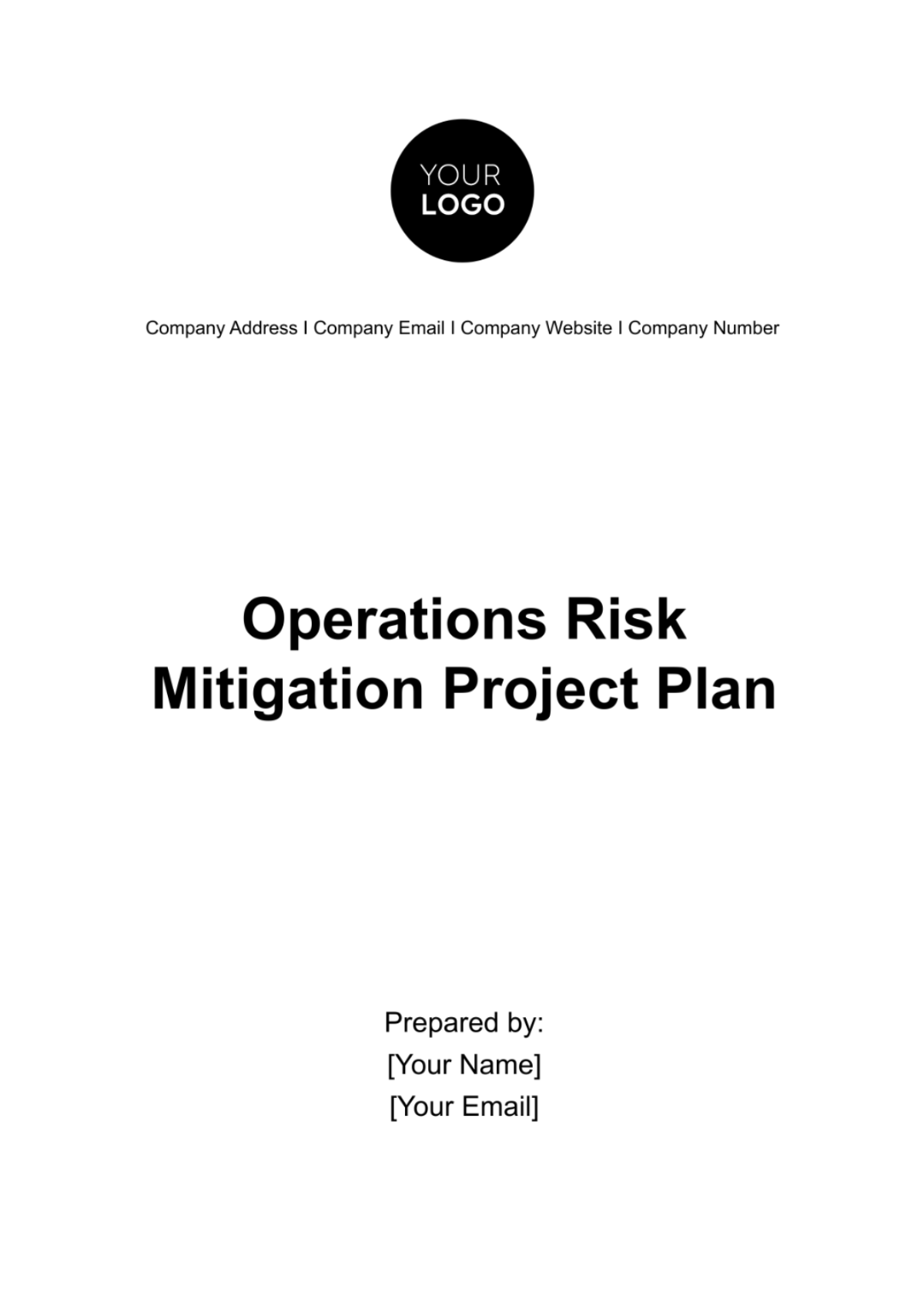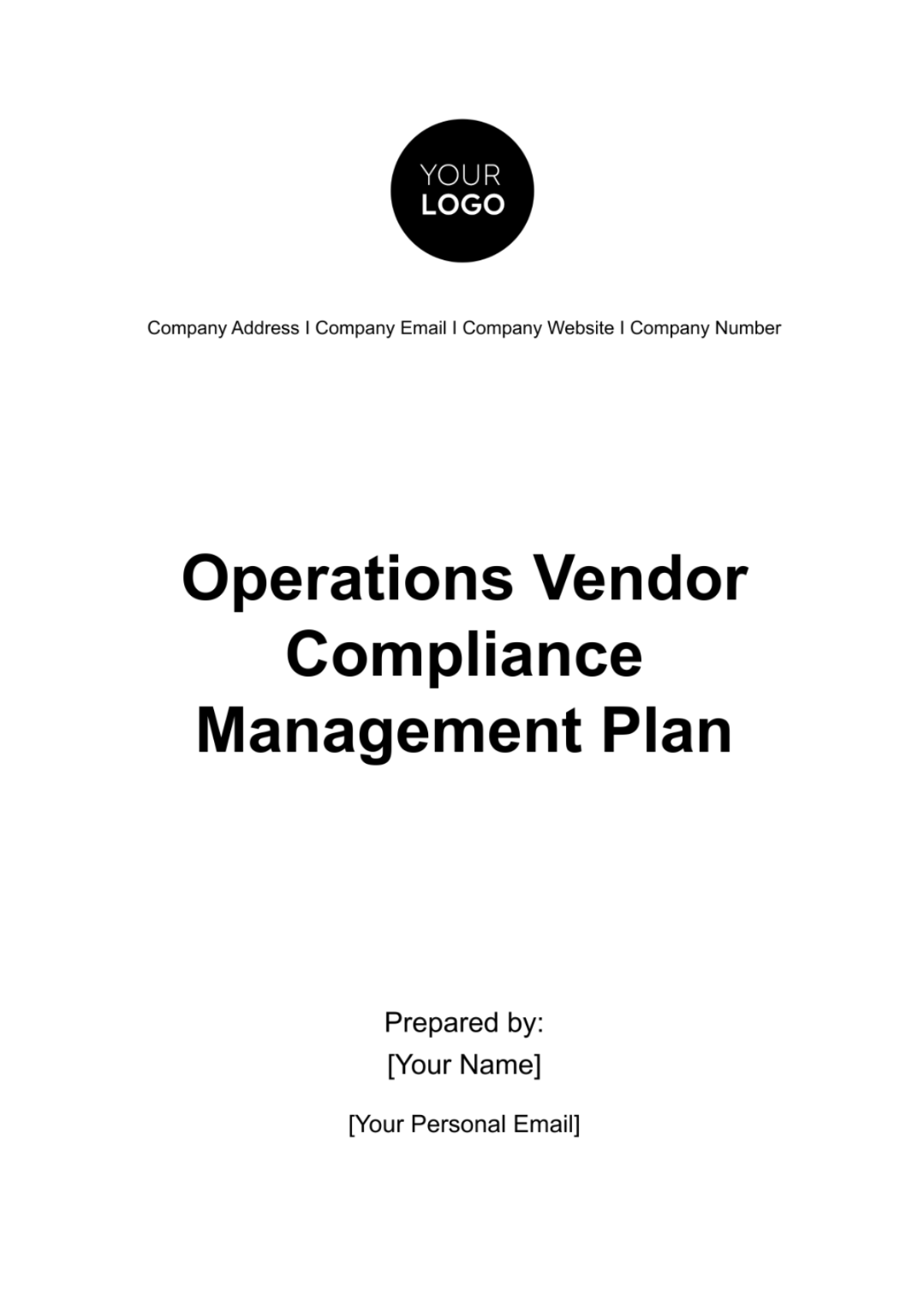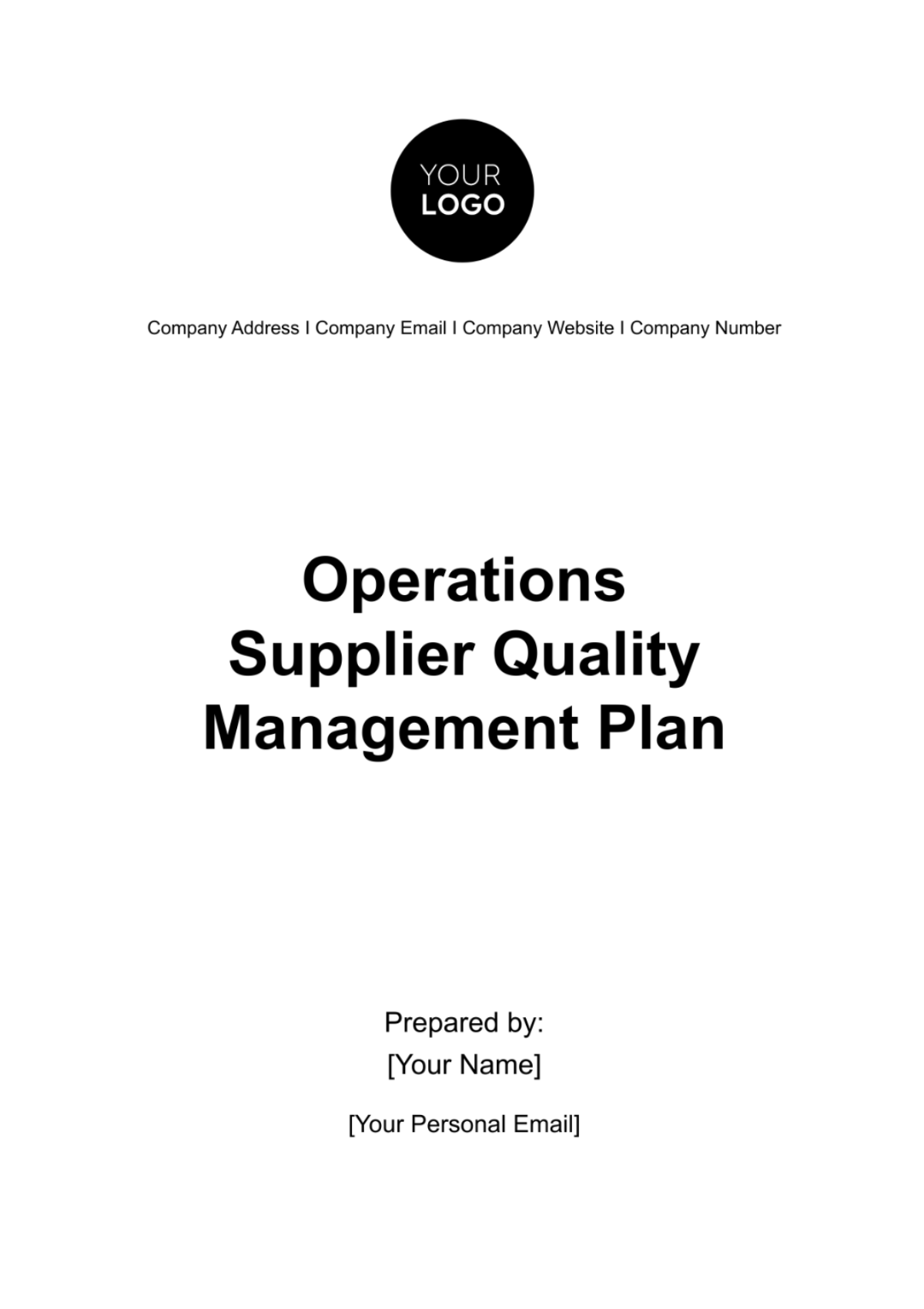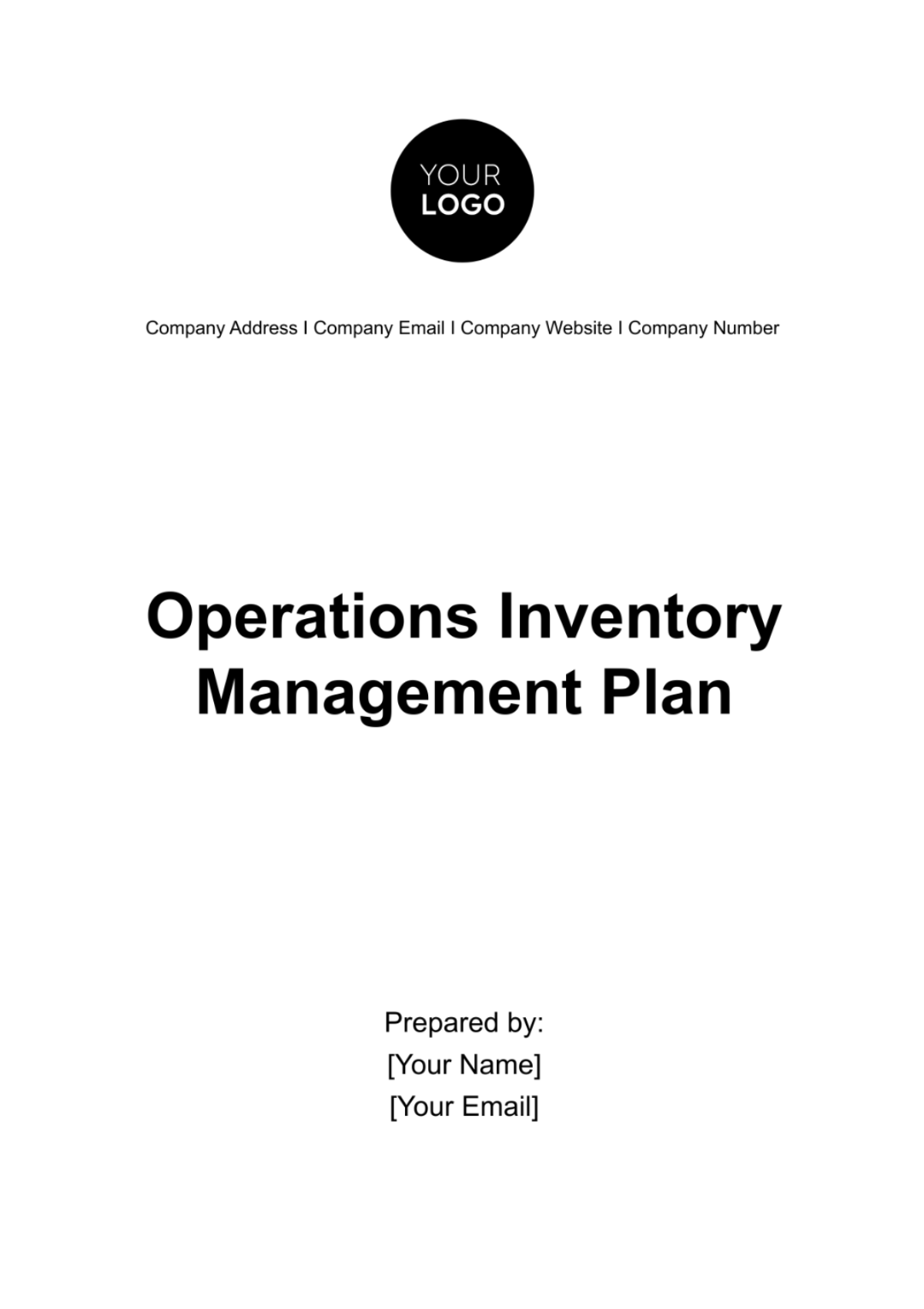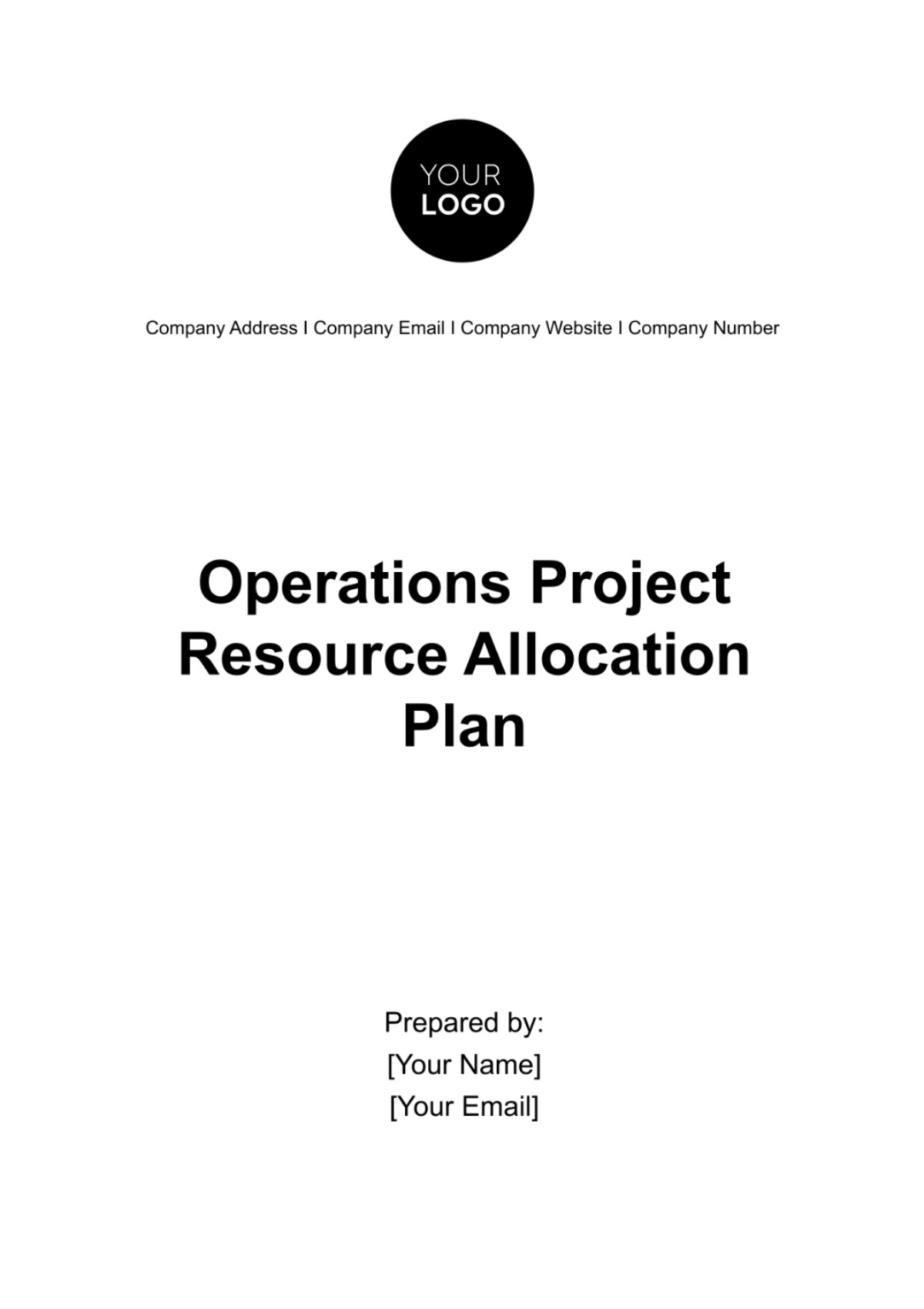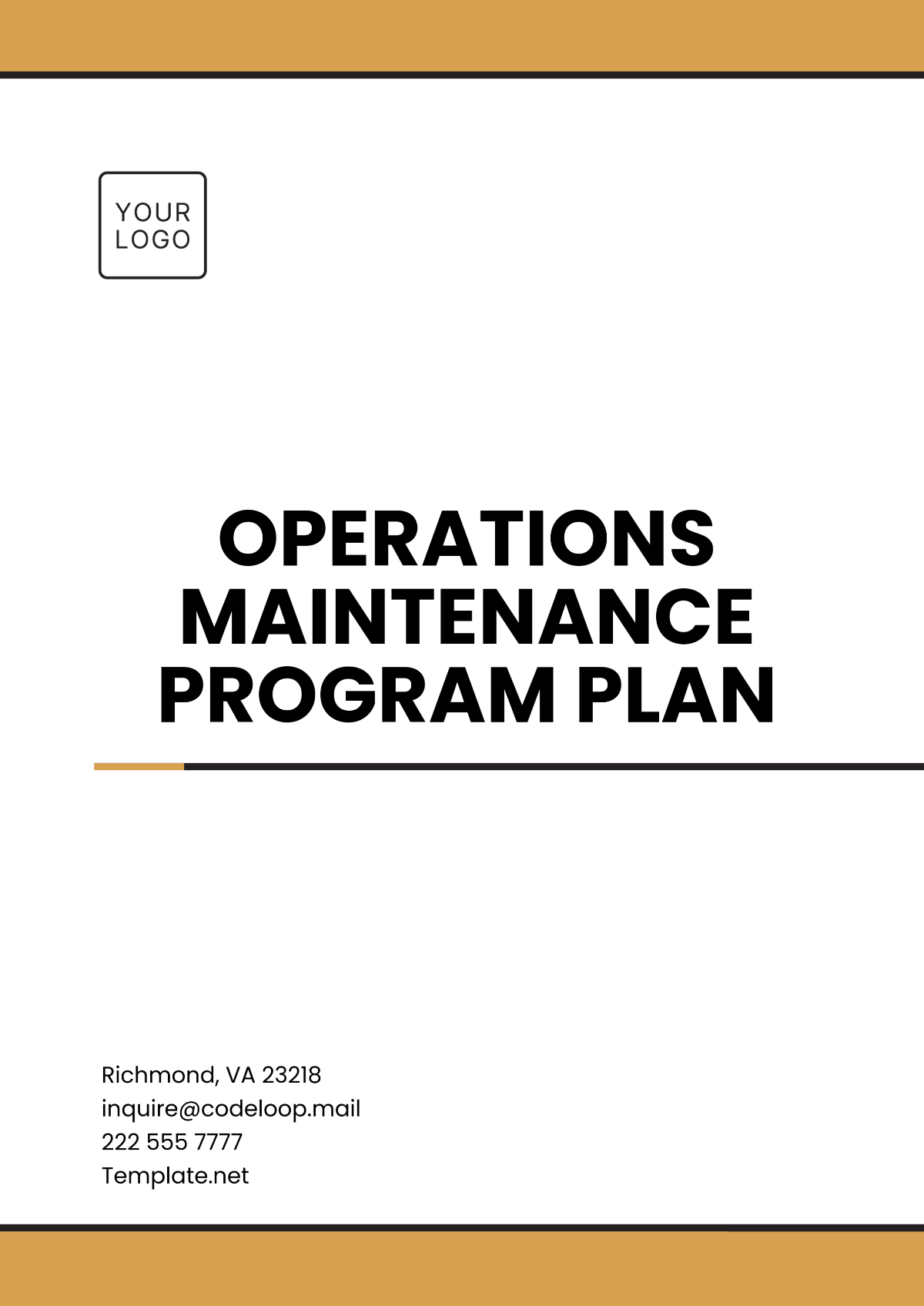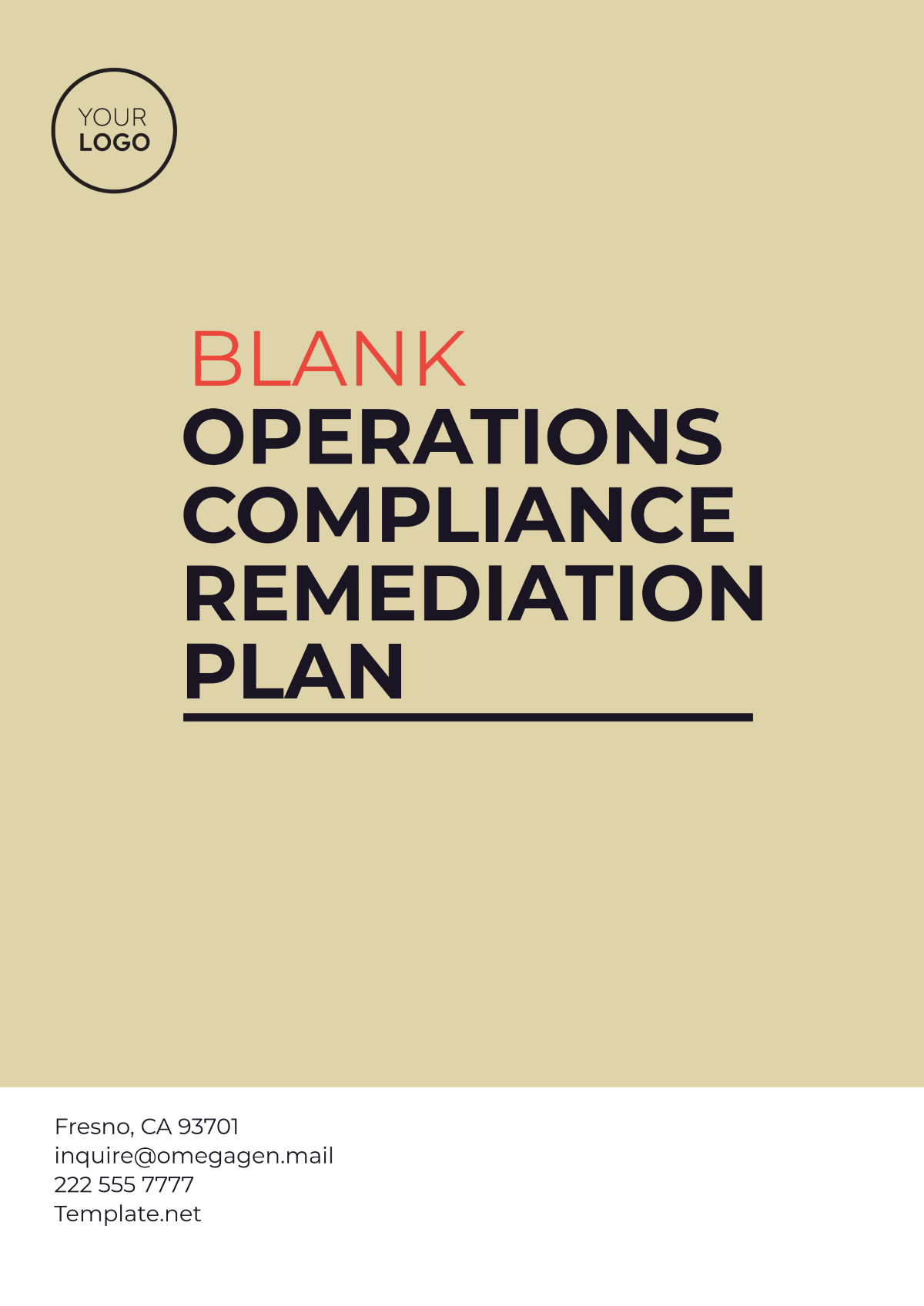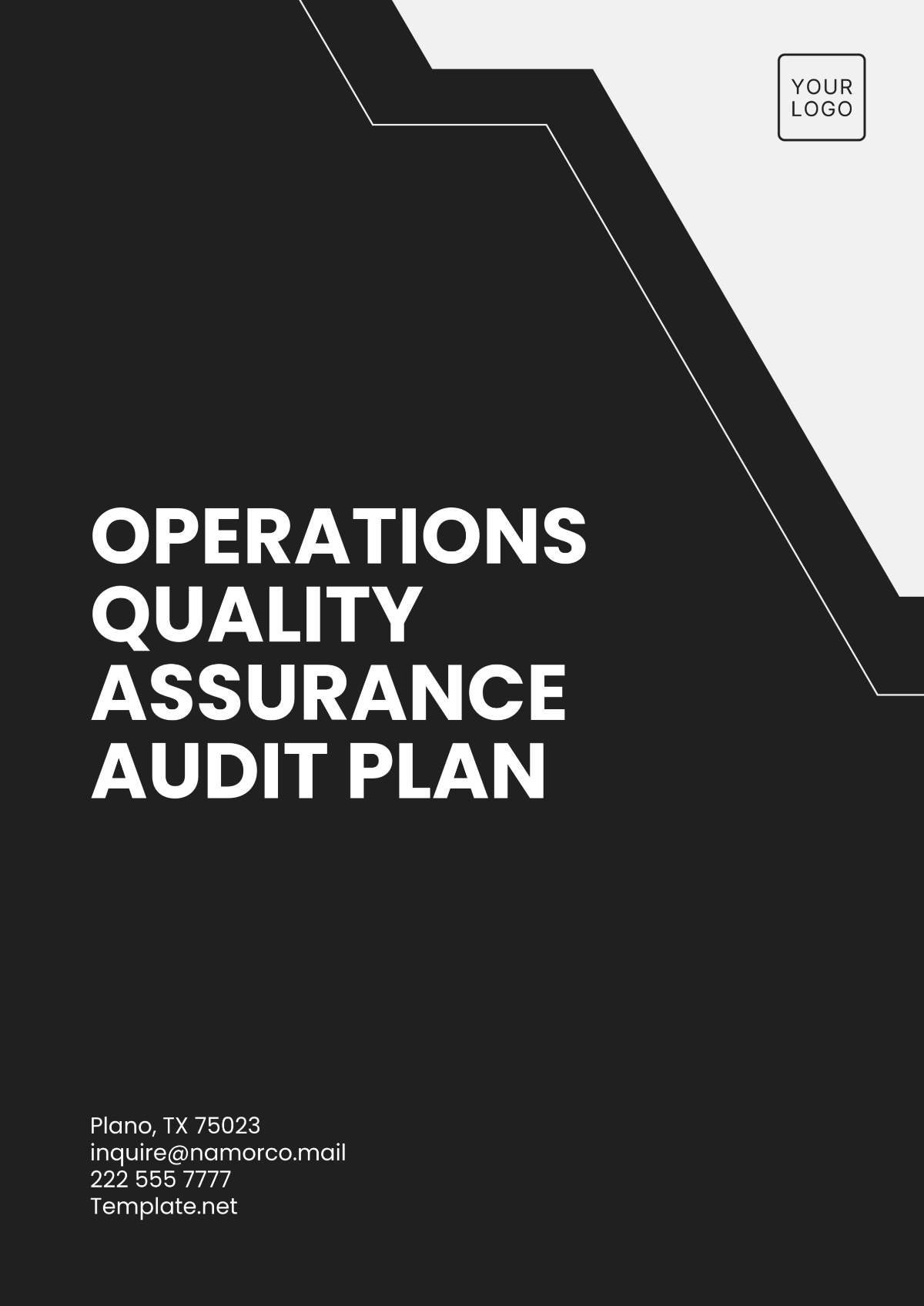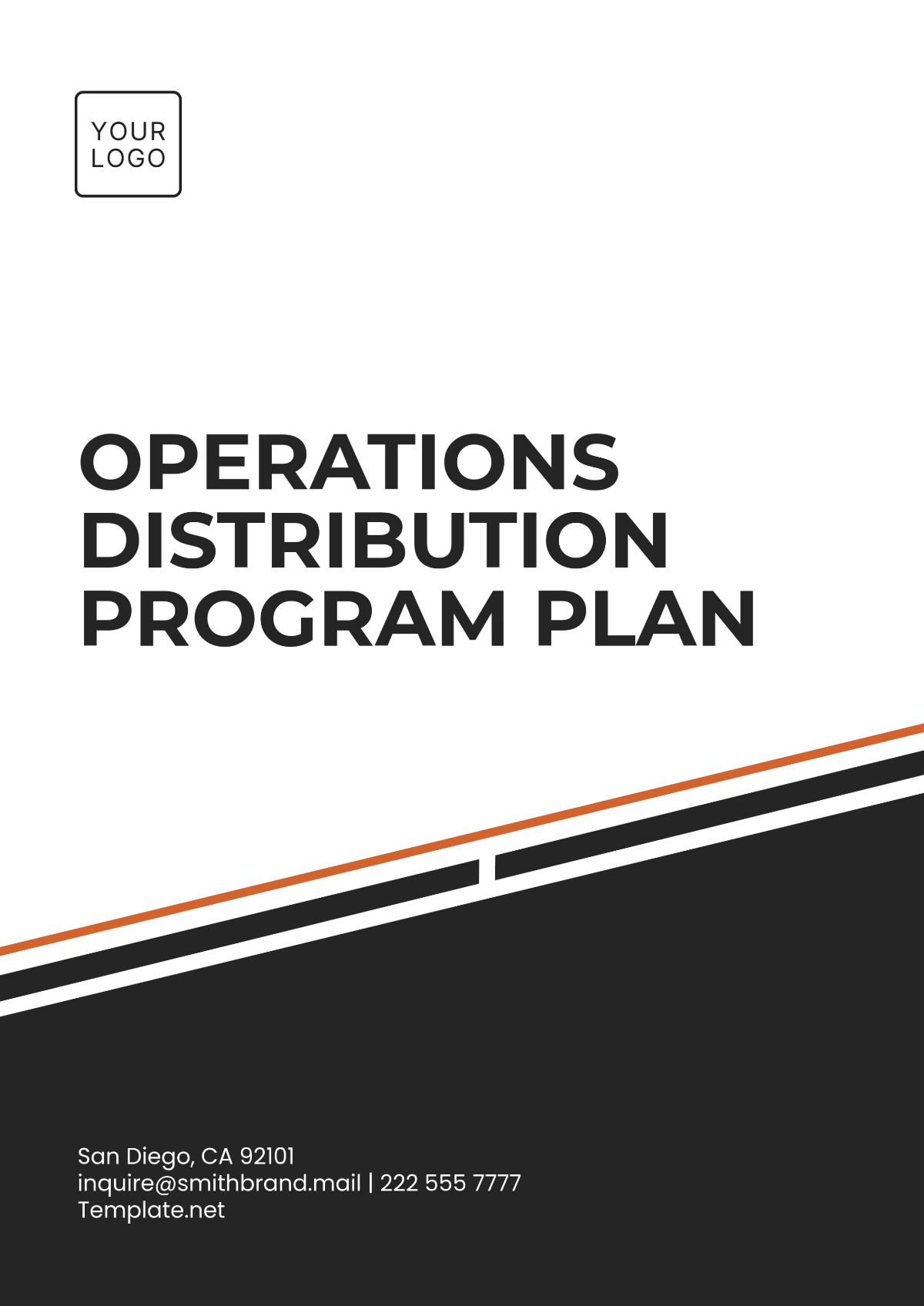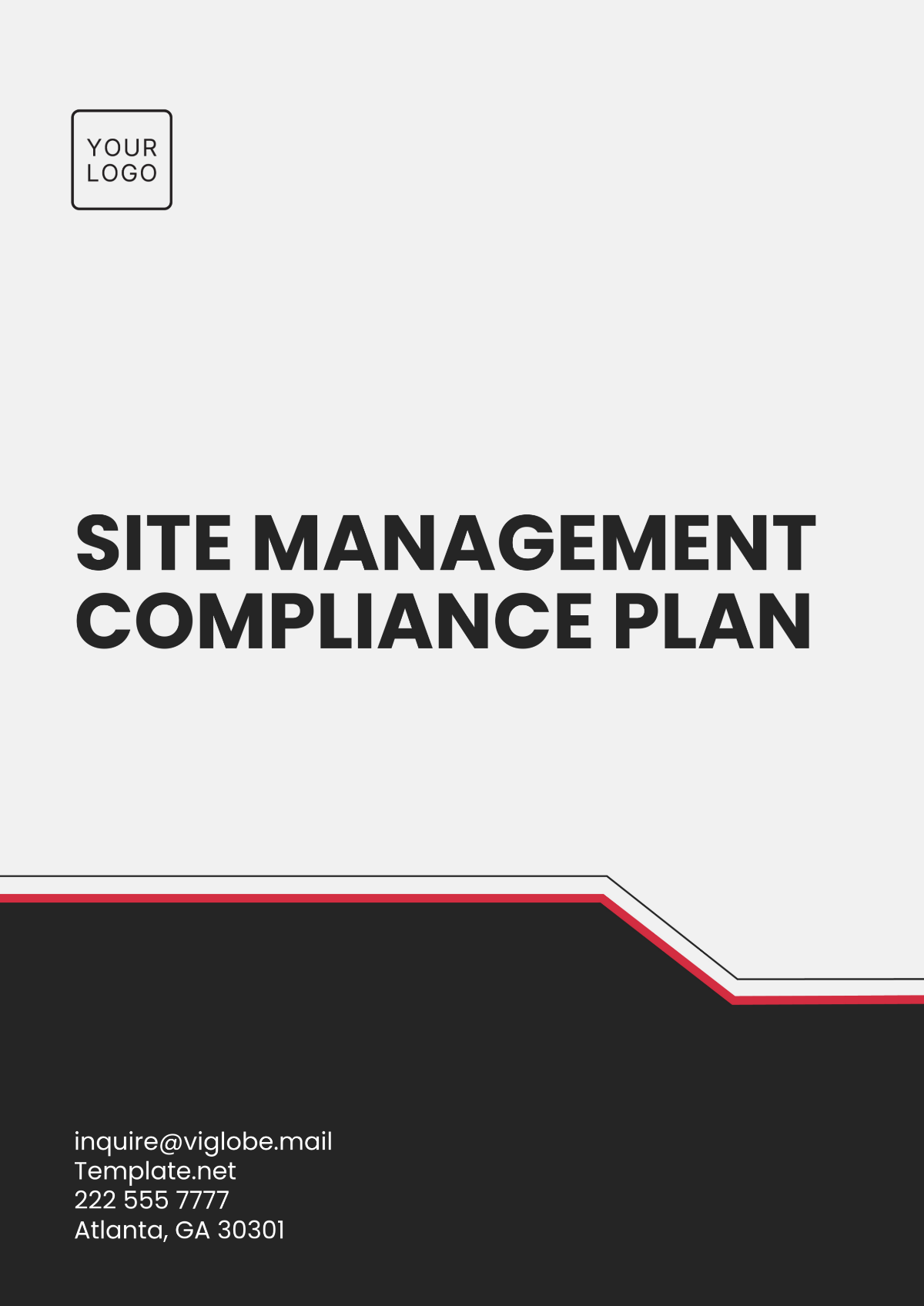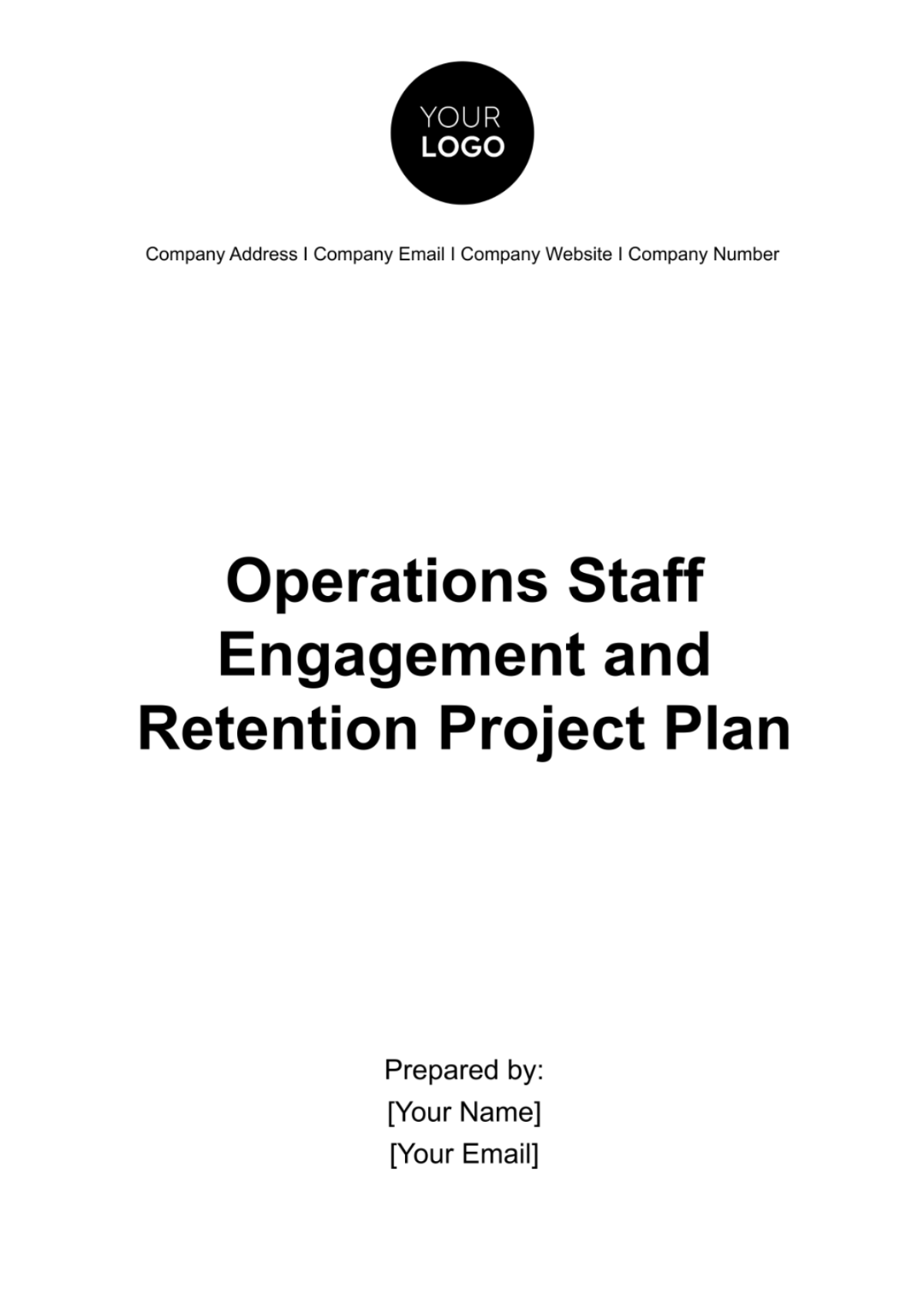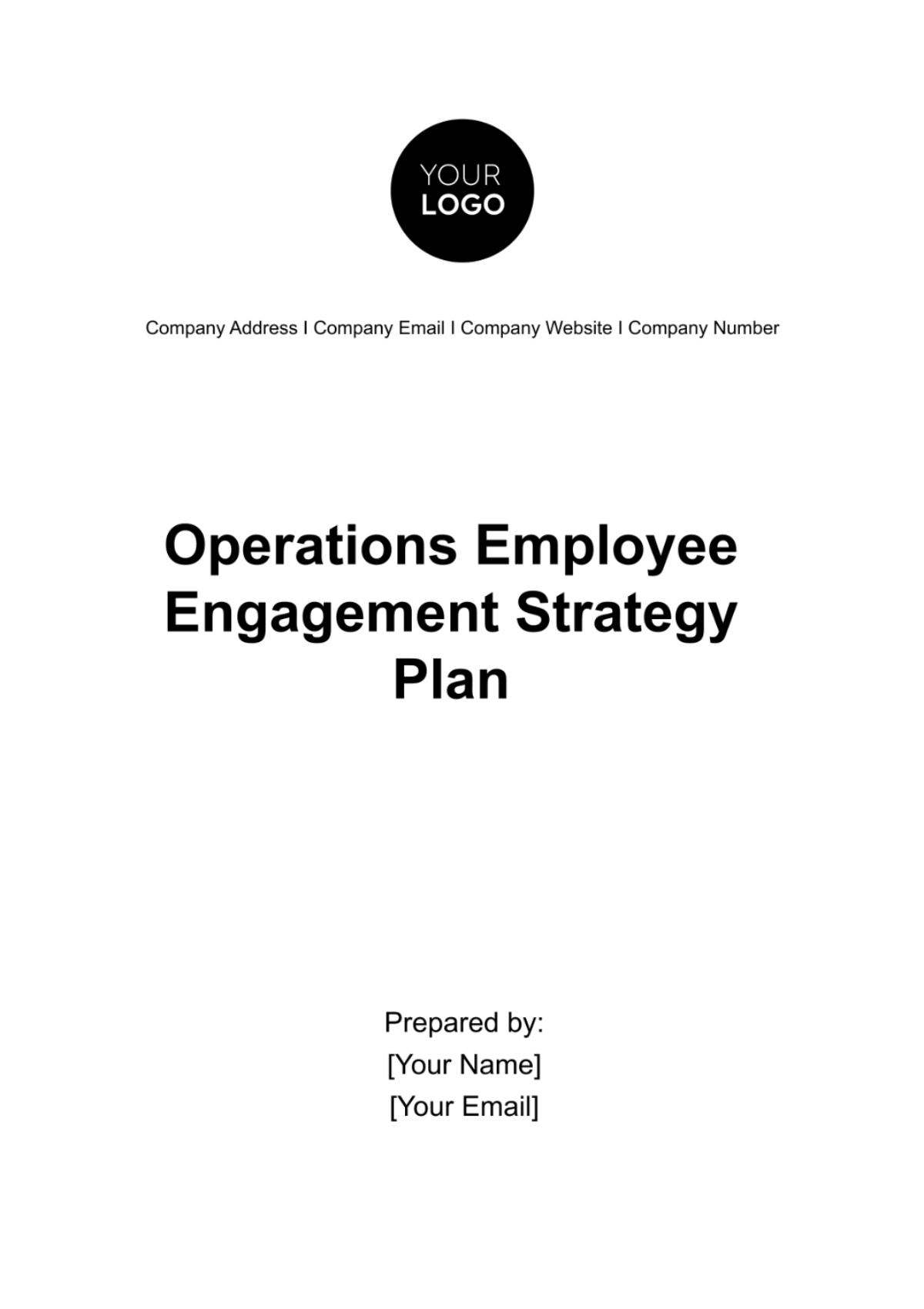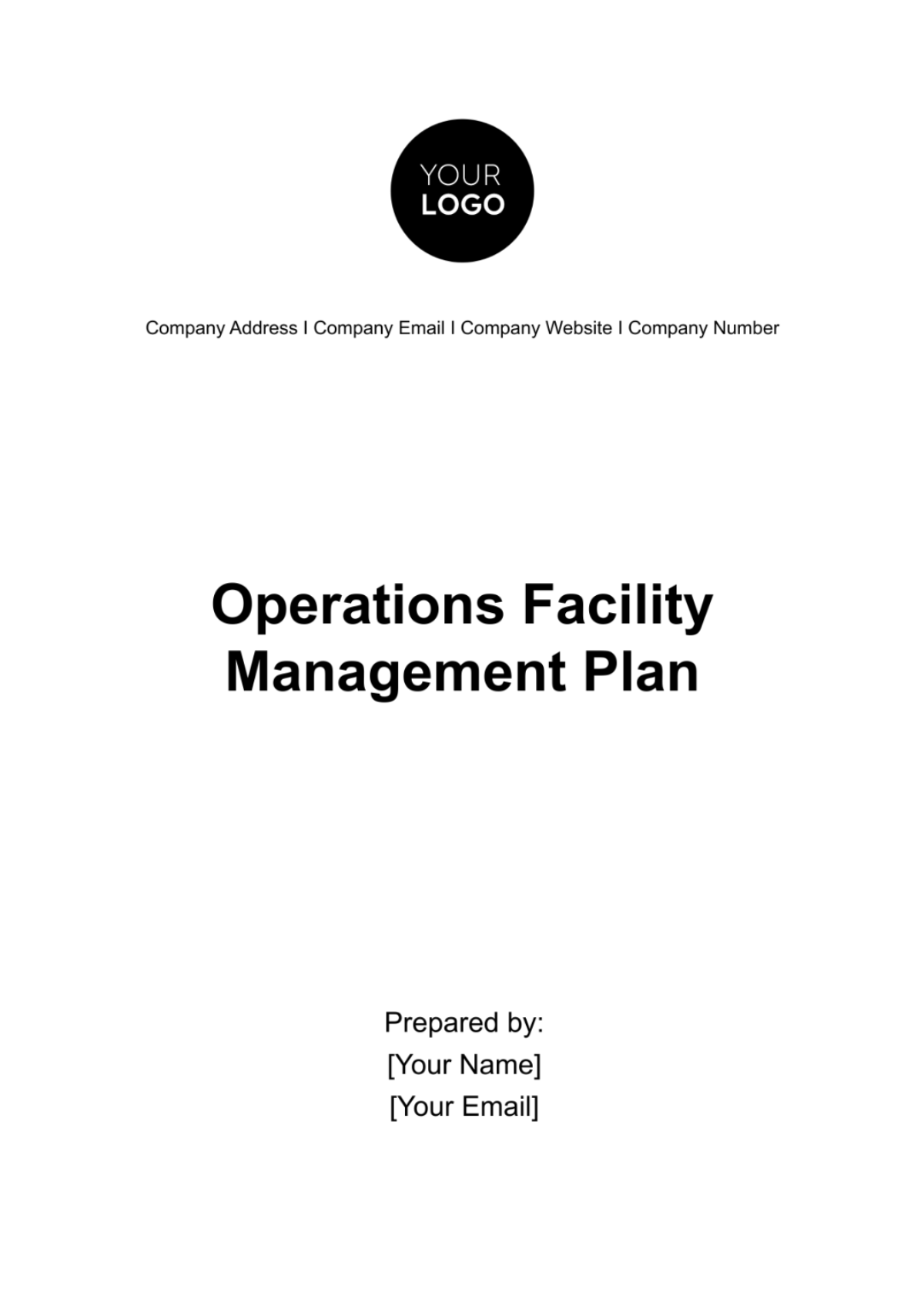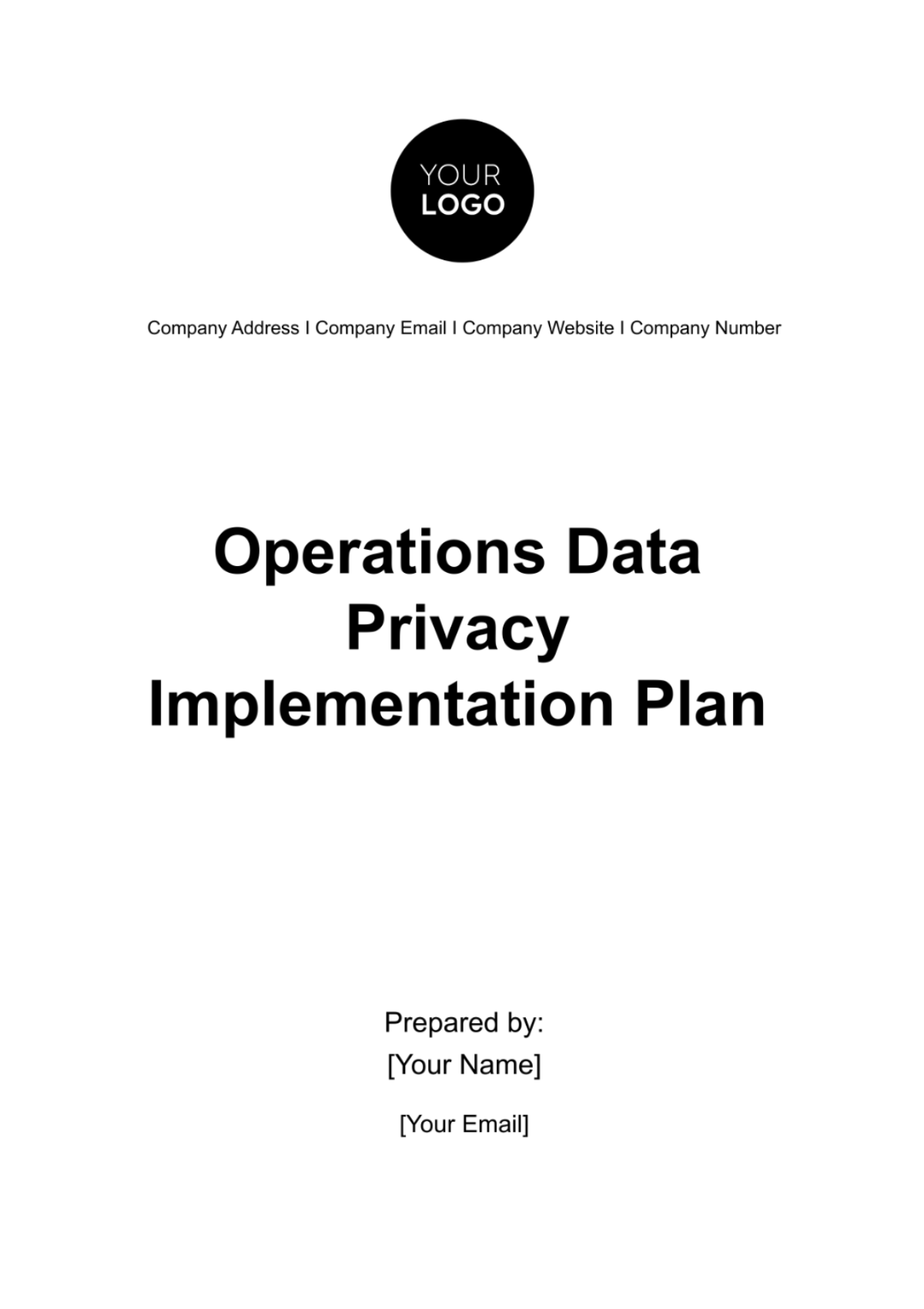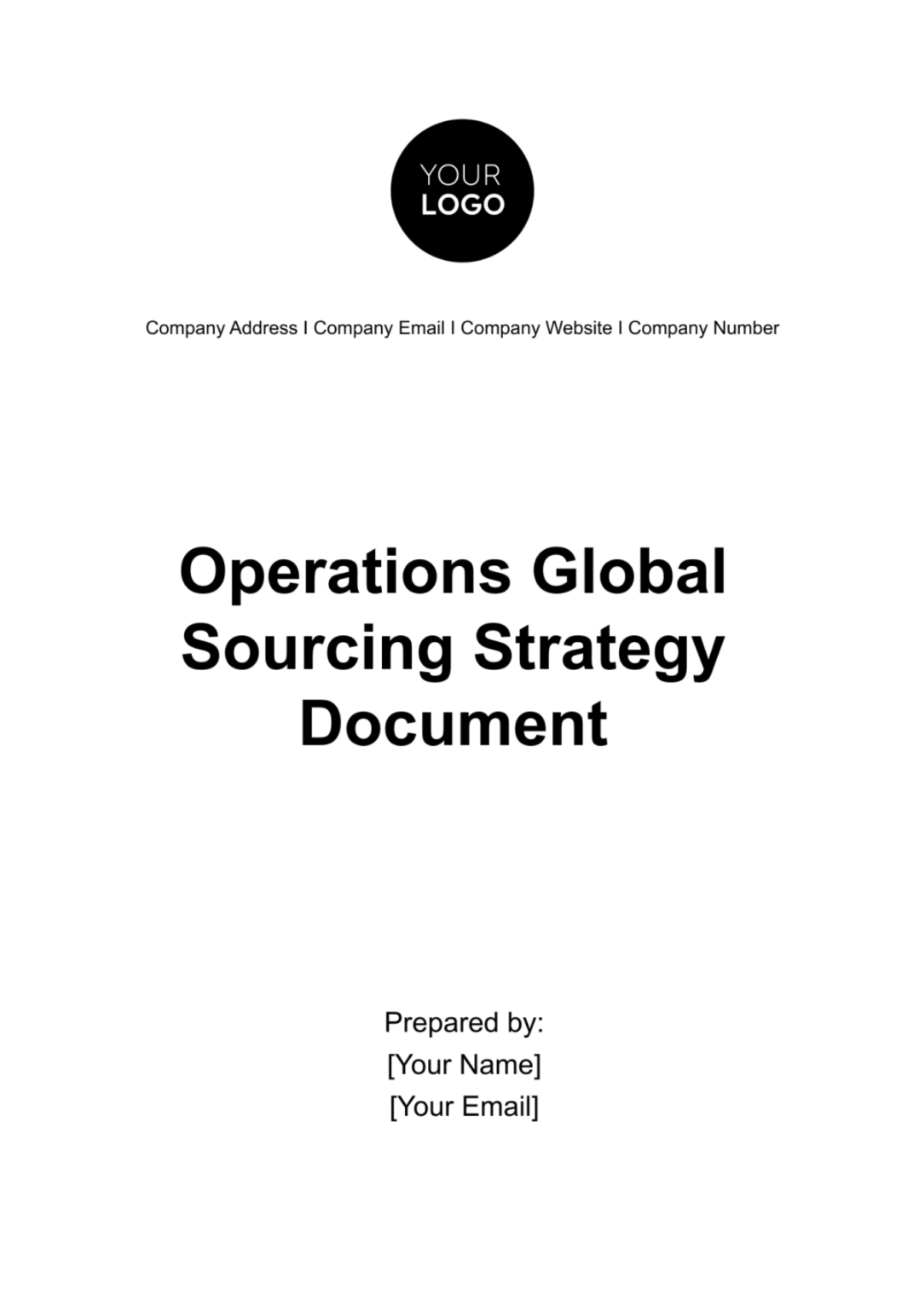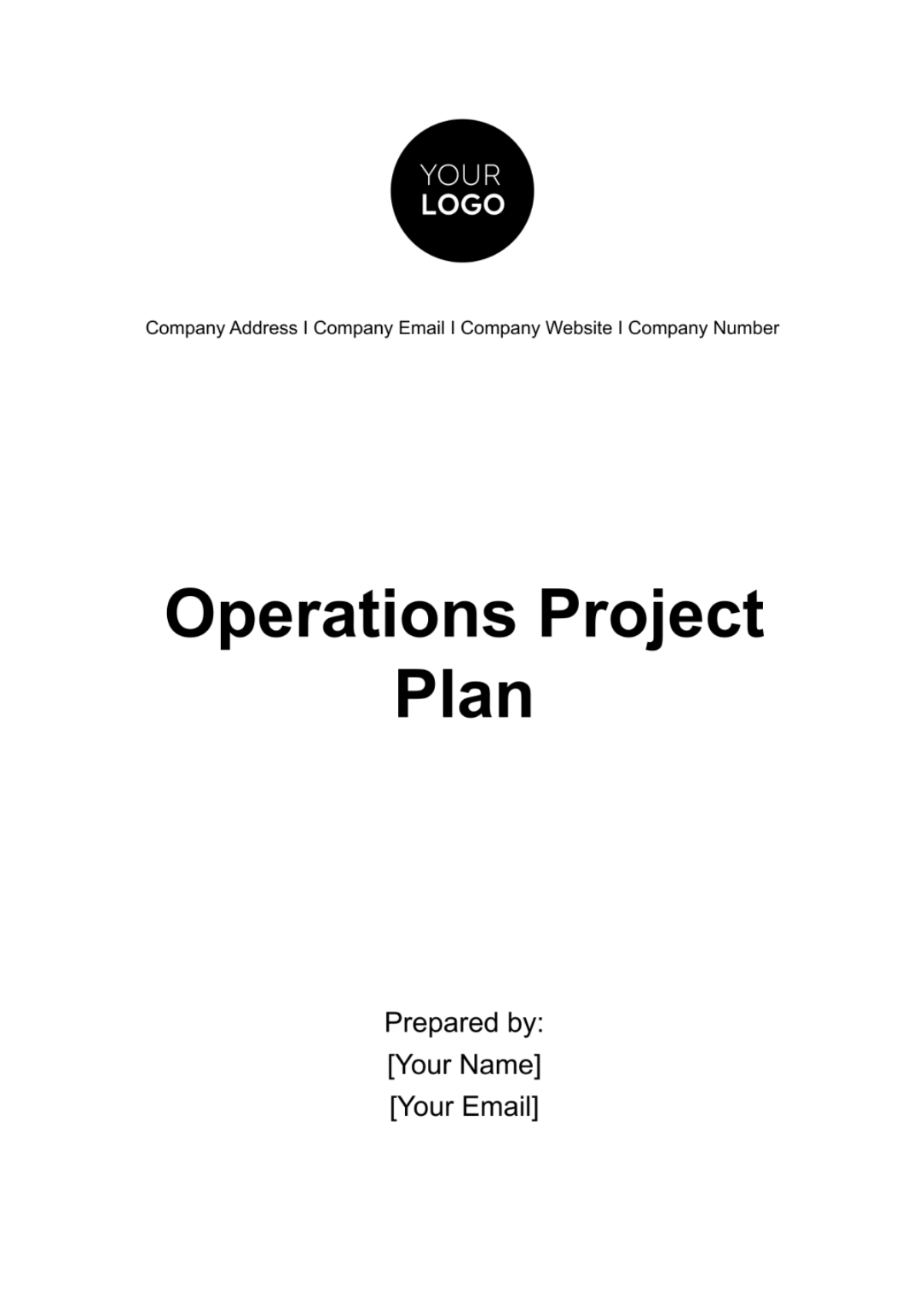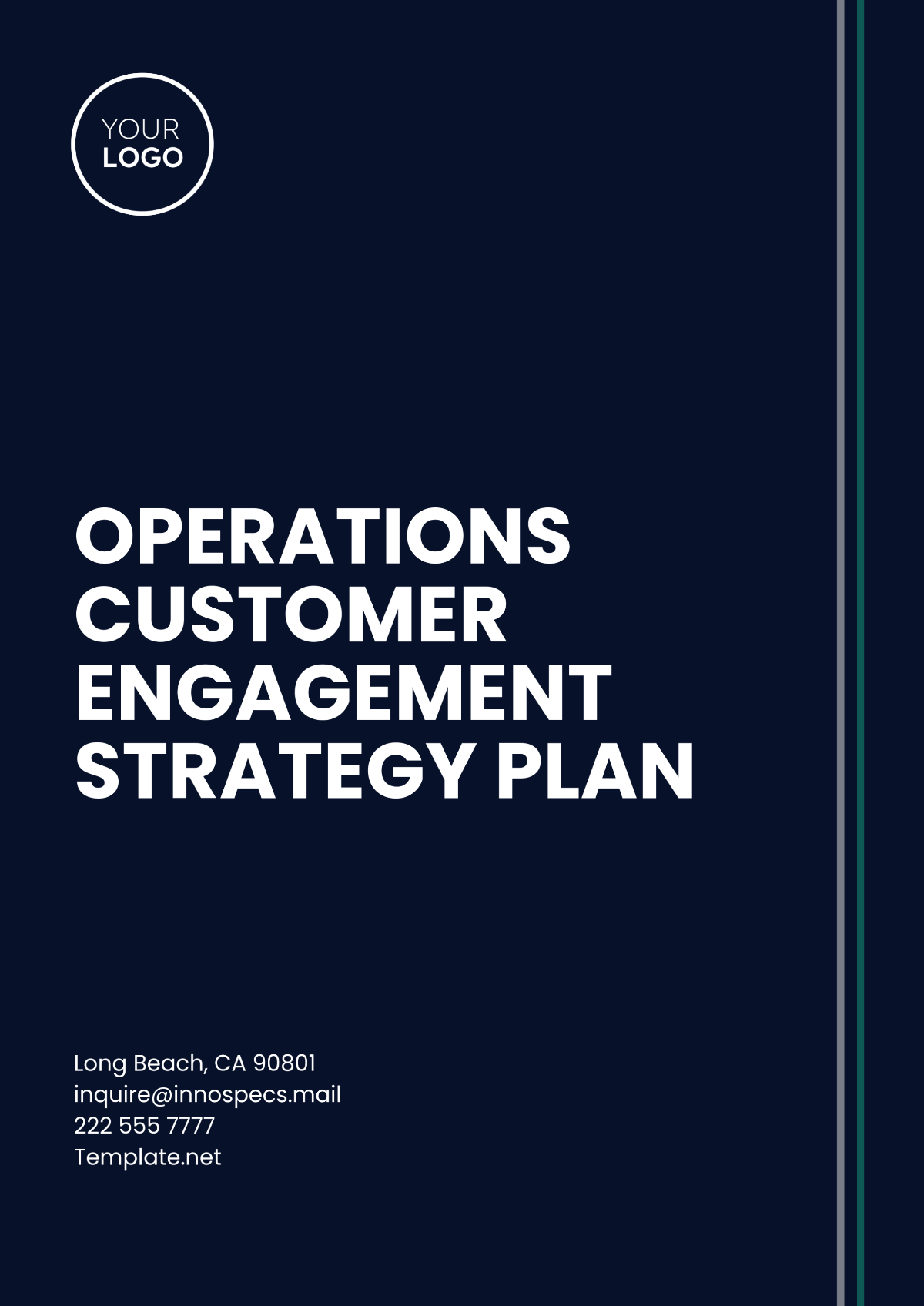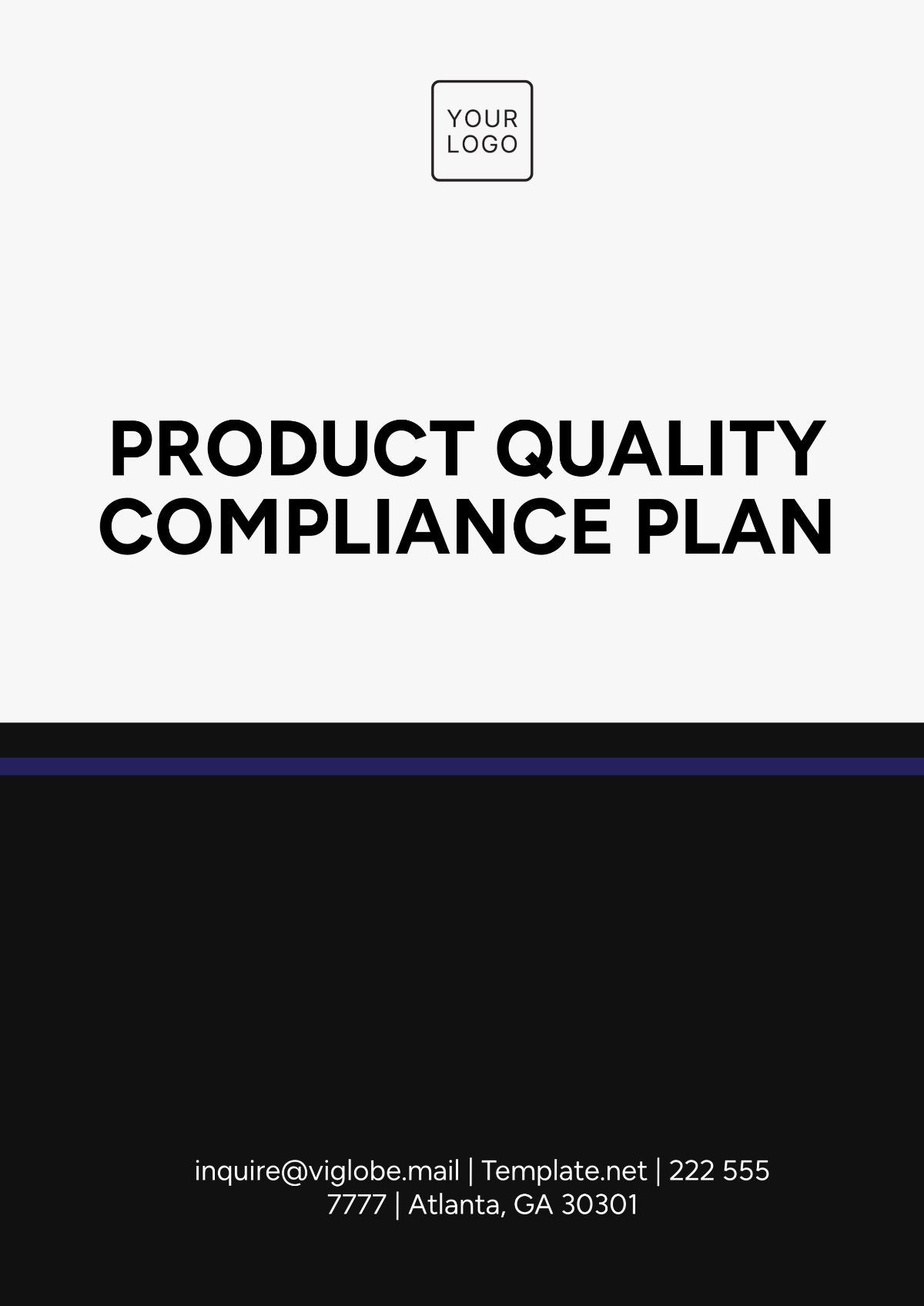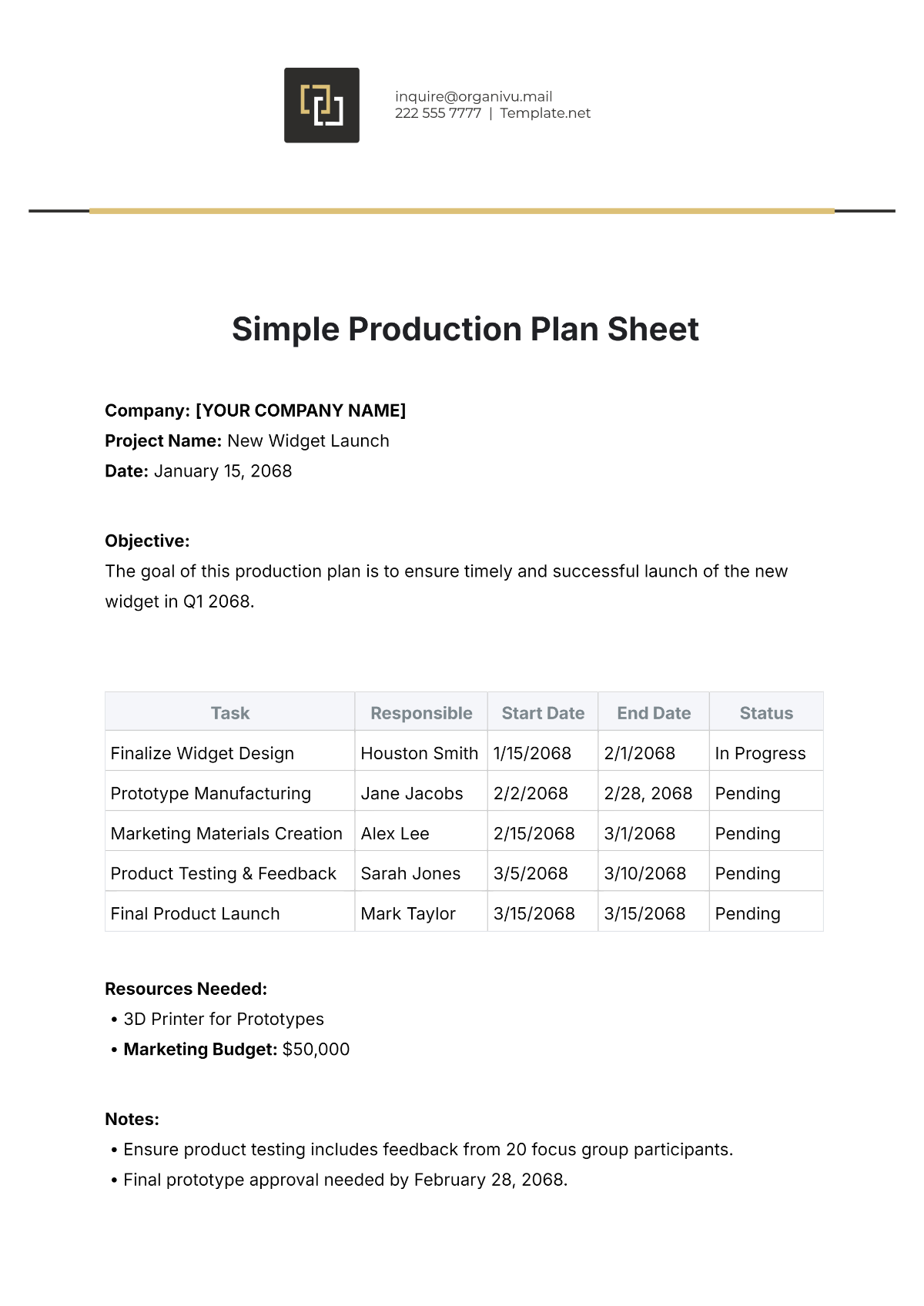Operations Data Privacy Implementation Plan
Introduction
This Operations Data Privacy Implementation Plan is designed to provide a comprehensive framework for ensuring the protection and privacy of personal data within [YOUR COMPANY NAME]. This plan aligns with relevant data protection regulations, including GDPR, CCPA, and other applicable laws, while establishing guidelines for securing personal information across all operations. It covers policies, roles, processes, and security measures necessary to safeguard data privacy and ensure compliance with legal requirements.
Objectives
The primary objectives of this Data Privacy Implementation Plan are:
To comply with relevant data privacy laws and regulations.
To ensure the security and confidentiality of personal data across the organization.
To identify and mitigate data privacy risks in daily operations.
To establish clear processes for managing data privacy incidents and breaches.
To promote a culture of data privacy within the organization.
1. Data Privacy Governance
1.1. Data Privacy Officer (DPO) and Team
Role of DPO: The Data Privacy Officer (DPO) will lead the organization’s efforts in data protection and privacy, ensuring that privacy practices align with legal requirements.
Responsibilities: The DPO is responsible for overseeing the implementation of this plan, managing compliance, conducting audits, and reporting to senior management.
1.2. Privacy Steering Committee
Members: The steering committee will consist of representatives from key departments, such as IT, Legal, HR, Marketing, and Compliance.
Responsibilities: This group will ensure cross-departmental coordination in the implementation and maintenance of data privacy policies.
2. Data Inventory and Classification
2.1. Data Mapping
Action: Conduct a comprehensive data mapping exercise to identify all personal data within the organization, including data types, sources, and flows.
Purpose: Understanding what data is collected, how it is used, and where it is stored ensures that all data is accounted for and handled appropriately.
2.2. Data Classification
Action: Classify personal data based on its sensitivity level (e.g., high, medium, low).
Purpose: Data classification helps prioritize the security and protection efforts based on the sensitivity of the data.
3. Legal and Regulatory Compliance
3.1. Privacy Laws and Regulations
Action: Ensure that all operations comply with applicable data protection laws, including GDPR, CCPA, and others.
Purpose: Compliance with these laws will help mitigate legal risks and maintain trust with customers and stakeholders.
3.2. Data Subject Rights
Action: Implement processes for managing data subject rights, such as the right to access, correct, delete, or port personal data.
Purpose: This ensures that individuals' rights are respected, and the organization meets its obligations under data protection laws.
4. Data Protection and Security Measures
4.1. Data Encryption
Action: Implement encryption for data at rest and in transit to ensure that personal data is protected from unauthorized access.
Purpose: Encryption minimizes the risk of data breaches and unauthorized disclosure of sensitive information.
4.2. Access Controls and User Permissions
Action: Establish role-based access controls (RBAC) and ensure that only authorized personnel have access to sensitive data.
Purpose: This reduces the risk of internal data breaches and ensures data is only accessible to those who need it.
4.3. Regular Security Audits
Action: Conduct regular security audits to assess the effectiveness of the organization's data privacy measures.
Purpose: Audits help identify vulnerabilities and ensure compliance with data protection standards.
5. Training and Awareness
5.1. Employee Training Programs
Action: Develop and deliver ongoing training programs for employees on data privacy and security best practices.
Purpose: Ensuring that all employees understand their roles and responsibilities in protecting personal data reduces the risk of human error.
5.2. Privacy Awareness Campaigns
Action: Launch internal campaigns to promote awareness of data privacy and encourage a culture of privacy across the organization.
Purpose: An organization-wide understanding of data privacy strengthens overall compliance and risk management.
6. Data Privacy Impact Assessments (DPIA)
6.1. Conduct DPIAs
Action: Perform Data Privacy Impact Assessments (DPIAs) for any new projects, products, or services that involve the processing of personal data.
Purpose: DPIAs identify and mitigate potential risks to data privacy before new activities begin.
6.2. Risk Mitigation Plans
Action: For any identified risks, implement mitigation strategies to reduce the likelihood or impact of data privacy issues.
Purpose: Mitigating risks helps prevent data breaches and non-compliance with legal standards.
7. Incident Response and Breach Management
7.1. Incident Response Plan
Action: Develop and implement a data privacy incident response plan that outlines steps to be taken in the event of a data breach or privacy incident.
Purpose: A prompt, well-coordinated response minimizes the impact of privacy incidents and ensures compliance with breach notification requirements.
7.2. Breach Notification Procedures
Action: Establish clear procedures for notifying data subjects and relevant authorities in the event of a data breach, as per legal requirements.
Purpose: Timely breach notifications help mitigate damage and ensure transparency.
8. Vendor and Third-Party Management
8.1. Vendor Risk Assessments
Action: Perform data privacy assessments for third-party vendors who handle personal data on behalf of the organization.
Purpose: Ensure that vendors follow similar data protection practices to mitigate the risk of third-party data breaches.
8.2. Data Processing Agreements (DPAs)
Action: Ensure that Data Processing Agreements (DPAs) are in place with all vendors and third parties who process personal data.
Purpose: DPAs legally bind third parties to adhere to the organization’s data privacy standards.
9. Monitoring and Continuous Improvement
9.1. Continuous Monitoring
Action: Continuously monitor compliance with data privacy policies, assess the effectiveness of implemented security measures, and identify areas for improvement.
Purpose: Ongoing monitoring ensures that privacy practices remain effective and adapt to changing regulations or operational requirements.
9.2. Plan Updates and Revisions
Action: Review and update the Data Privacy Implementation Plan periodically to address new risks, regulations, or organizational changes.
Purpose: Keeping the plan up to date ensures continued compliance and protection of personal data.
Conclusion
This Operations Data Privacy Implementation Plan is integral to ensuring that [YOUR COMPANY NAME] effectively manages and protects personal data in compliance with data privacy laws and regulations. By implementing the strategies outlined in this plan, the organization will safeguard its data, mitigate privacy risks, and foster a culture of privacy across all levels of operation. Regular review and continuous improvement will help the organization stay proactive in adapting to the evolving data privacy landscape.


